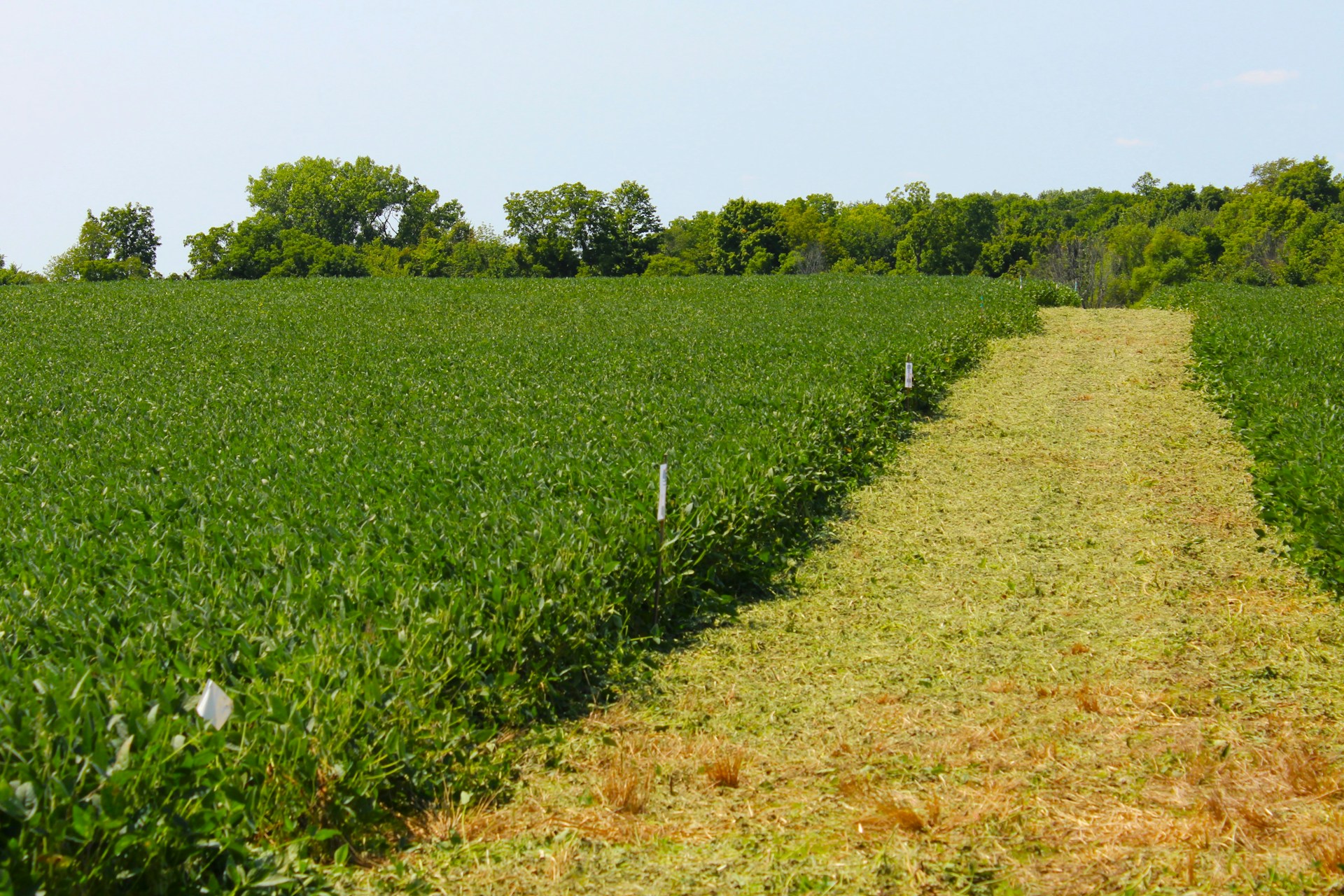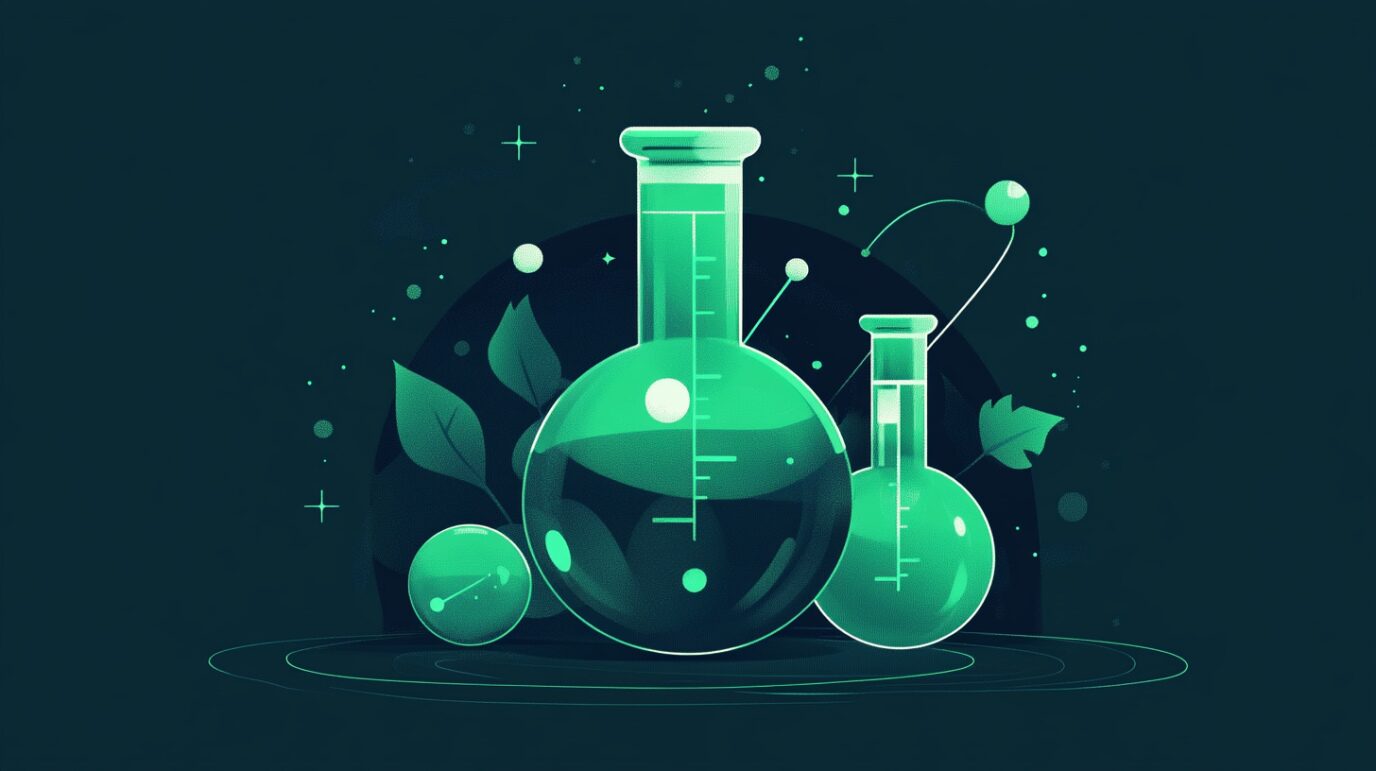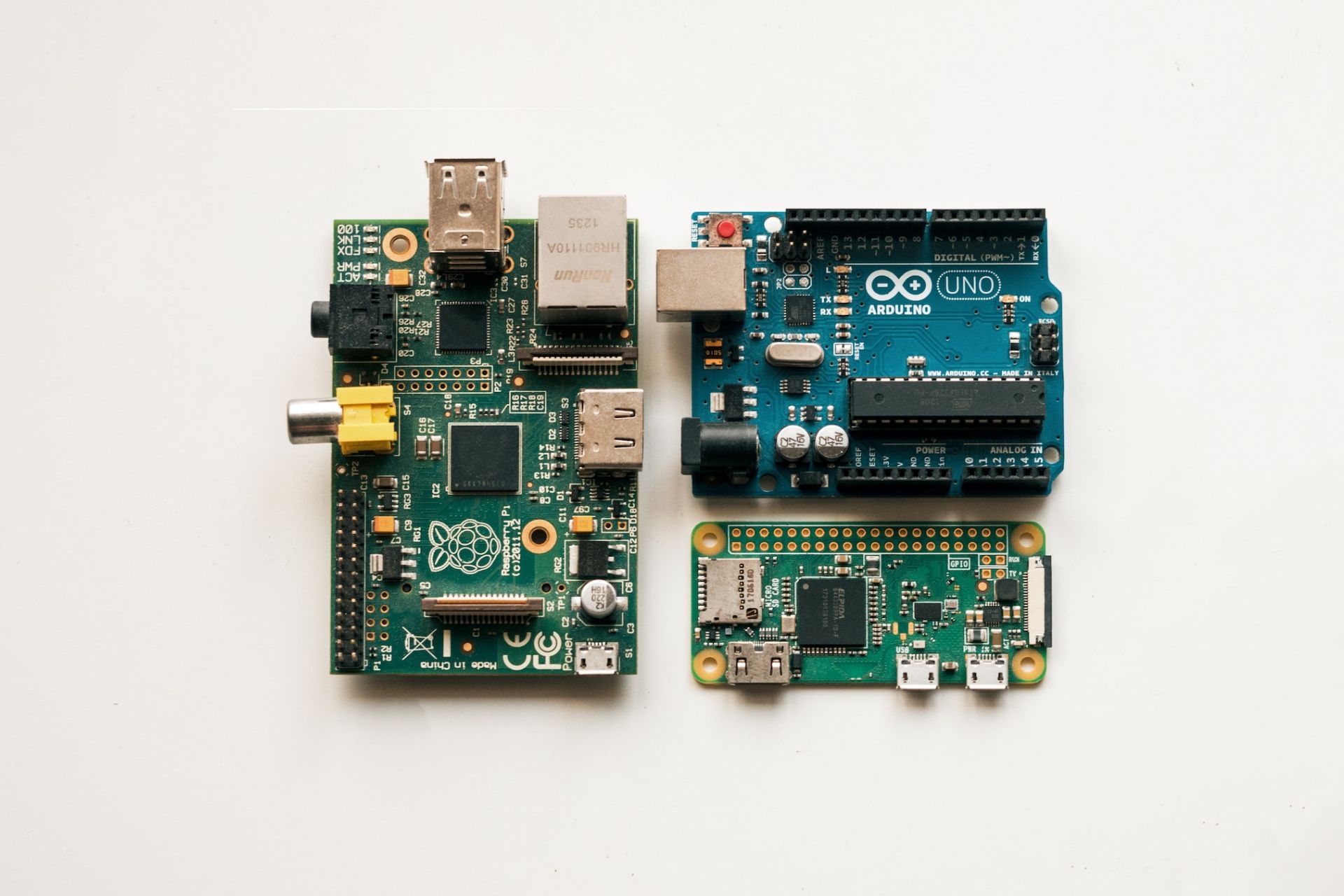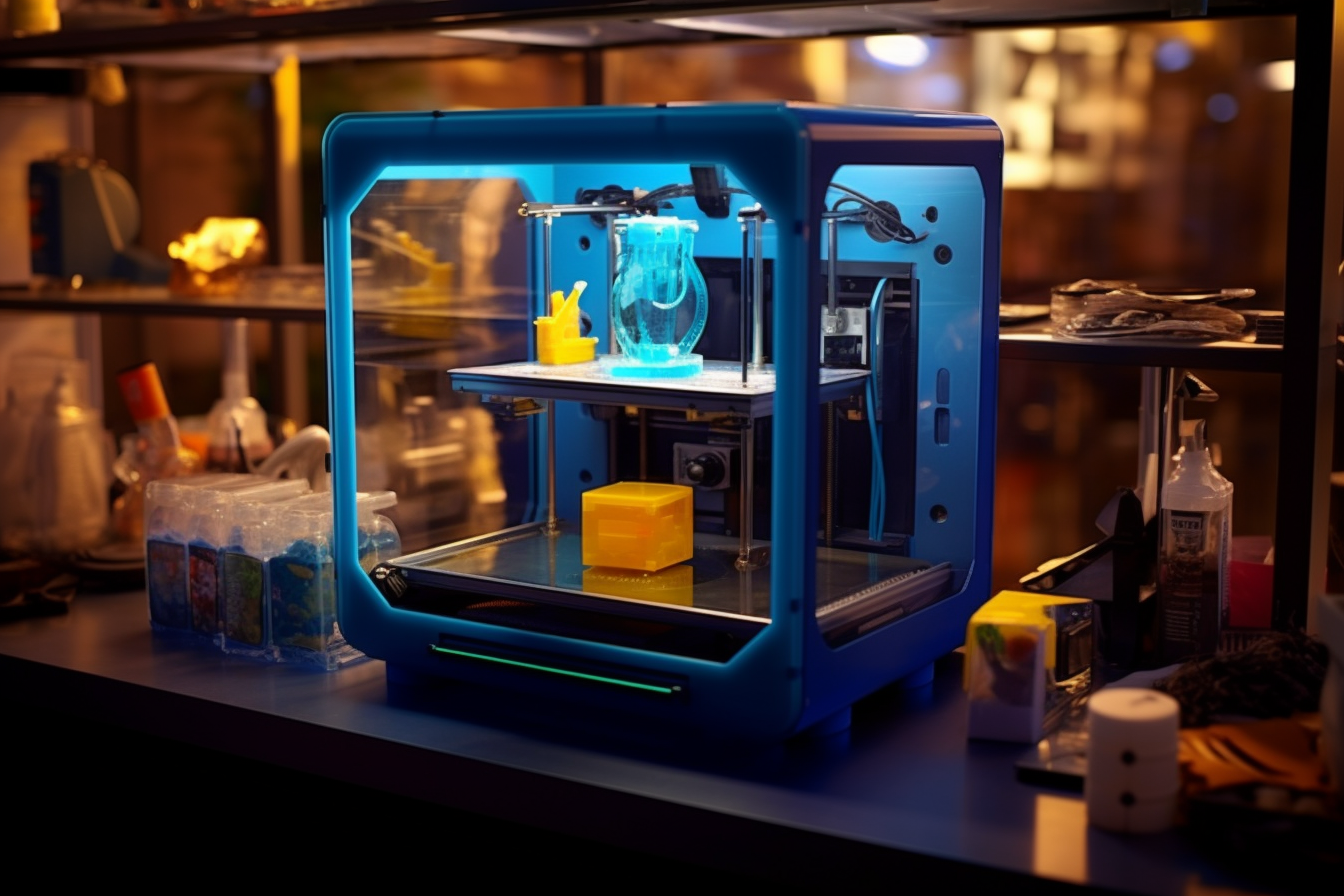
Advantages and Disadvantages of Biofuels: The Truth About “Clean” Fuel
February 11, 2025 - Ellie Gabel
Revolutionized is reader-supported. When you buy through links on our site, we may earn an affiliate commission. Learn more here.
Electric vehicles (EVs) get most of the attention in the green vehicle space, but they’re not the only option. Some research has instead focused on biofuels — which work in combustion engines like fossil fuels but come from renewable biological sources. Like every innovation, though, they’re not perfect, so it’s important to understand the advantages and disadvantages of biofuels.
Advantages of Biofuels
Fuels like biodiesel and bioethanol work similarly to gasoline or diesel but are far more eco-friendly. They have several benefits beyond their sustainability, too. Here’s a look at the most prevalent.
Low Emissions
The most obvious advantage of biofuels is that they produce little to no greenhouse gas (GHG) emissions. While combusting anything produces some harmful byproducts, the biological feedstocks in these fuels tend to burn much cleaner than petroleum-based alternatives. Biodiesel produces 74% fewer lifetime GHG emissions than conventional diesel.
Many biofuels also come from plants, which absorb carbon dioxide as they grow. As a result, plant-based fuel can offset many of its emissions by virtue of what its feedstocks remove from the atmosphere during photosynthesis. Letting plants grow for longer before harvesting them for biofuel production maximizes this benefit.
Long Vehicle Ranges
Another advantage of biofuels is that they don’t carry the same range restrictions as battery-powered EVs. Most EVs today can’t travel as far as gas-powered alternatives before recharging, making them inconvenient because of long charging times and limited charging infrastructure. Biofuel-powered vehicles don’t share this obstacle, making them more practical.
Biofuels burn at a similar rate to diesel, so cars can use them without worrying about short ranges. The refueling process is also identical to gas, taking mere minutes instead of hours to get vehicles ready to go again. These benefits are particularly promising for long-range applications like aviation and shipping.
Ease of Implementation
Biofuels are also what’s known as a “drop-in” fuel, which means they’re ready for use in existing vehicles. Diesel engines can already accommodate fuel mixtures of up to 85% ethanol and 100% biodiesel without any modifications. While it may seem like a minor edge, it gives biofuel a huge convenience advantage over other low-emissions options.
Drop-in availability means cars, trucks, tractors and heavy equipment can lower emissions without an expensive upgrade. Drivers and businesses can reduce their carbon footprints even without being able to afford a newer, more expensive EV.
Potential for a Circular Economy
Depending on the feedstocks producers use, biofuel can also promote a circular economy. Many potential sources come from agricultural waste, so turning these resources into fuel would address two environmental problems at once. Vehicle-related emissions would drop as waste and landfill reliance decline.
A closed-loop supply chain — the center of such a circular economy — has benefits outside of sustainability, too. Some industries could save billions of dollars annually by reusing end-of-life materials instead of disposing of them. The extra supply chain needs of this setup could also create jobs and support economic growth.
Disadvantages of Biofuels
As significant as these upsides are, it’s crucial to consider both the advantages and disadvantages of biofuels. These resources, while beneficial in many ways, also carry downsides that deserve attention.
Misleading Emissions Claims
One of the biggest complications with biofuels is that they’re not always as green as they appear. While they produce significantly fewer GHG emissions than fossil fuels, they’re not entirely emissions-free. Consequently, they may lead businesses or individuals to believe they’re more sustainable than they really are.
Any drop in GHG emissions is beneficial, but this edge may hit a point of diminishing returns as fuel consumption rises. Some operations may also delay larger zero-emissions targets as they pursue biofuels instead. As time runs out to stave off the worst effects of climate change, such possibilities become increasingly threatening.
Feedstock Complications
Another disadvantage of biofuels is that they often rely on feedstocks that may otherwise go to other purposes, especially food. In the U.S., most ethanol comes from corn, so rising interest in bioethanol as an energy source may compete with corn for human or animal consumption. A growing population and increasing power demands exacerbate such concerns.
Similarly, growing crops for fuel production could take land that would otherwise go toward food growth. While it’s possible to manufacture biofuels from recycled materials or non-food feedstocks such as algae, these alternatives typically carry higher costs.
Habitat Loss
Relatedly, biofuels may contribute to further habitat loss and deforestation. Farms may need to clear additional land to grow feedstocks without competing for space with food crops. Consequently, large farms would extend further into their surrounding environments, leaving animals with less and less land to live on.
As farms creep further into various ecosystems, they may also pollute remaining habitats. Fertilizers and pesticides can leech into the environment, leading to soil erosion and potentially poisoning natural wildlife.
High Costs
The financial side of things plays a role in both the advantages and disadvantages of biofuels. On one hand, biofuels could save money by offering a low-emissions alternative that’s cheaper than upgrading to an EV. However, they’re also expensive to produce, which could limit their initial growth.
It can cost up to $4,000 to produce one kilowatt of energy from biofuels — almost double the cost of coal power. Production expenses will fall with scale, but the upfront investment may be too much to convince some organizations to pursue biofuels over conventional energy sources.
Are Biofuels Clean Enough for a Sustainable Future?
The advantages and disadvantages of biofuels suggest these resources are promising but imperfect. Overall, biodiesel and related fuels could play a key role in the green energy transition, but only if they’re not the only solution and if their production methods shift.
Thankfully, researchers are finding ways to mitigate the downsides and maximize the upsides. Scientists have bioengineered duckweed to produce biofuel yields seven times higher than soybeans, one of the most common conventional feedstocks. Such innovations would make non-food plants a more cost-effective alternative, ensuring biofuels don’t compete with food or contribute too highly to habitat loss.
Organizations must also recognize that biofuels are a step in the right direction, not the final goal. People should approach them as a way to buy time for broader, more impactful GHG emissions reductions. Then, as zero-emissions options become accessible, businesses and consumers can again switch to protect the environment further.
Know the Advantages and Disadvantages of Biofuels
Recognizing both the advantages and disadvantages of biofuels is a crucial step in planning a greener future. While these fuels are cleaner than gasoline and diesel, they’re not a perfect answer. Their benefits must always come in the context of their downsides to inform more sustainable action.
Revolutionized is reader-supported. When you buy through links on our site, we may earn an affiliate commission. Learn more here.
Author
Ellie Gabel
Ellie Gabel is a science writer specializing in astronomy and environmental science and is the Associate Editor of Revolutionized. Ellie's love of science stems from reading Richard Dawkins books and her favorite science magazines as a child, where she fell in love with the experiments included in each edition.







